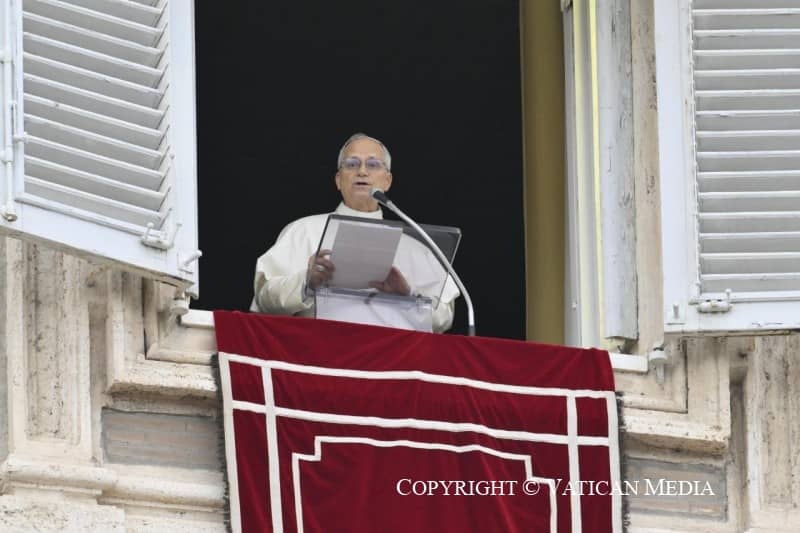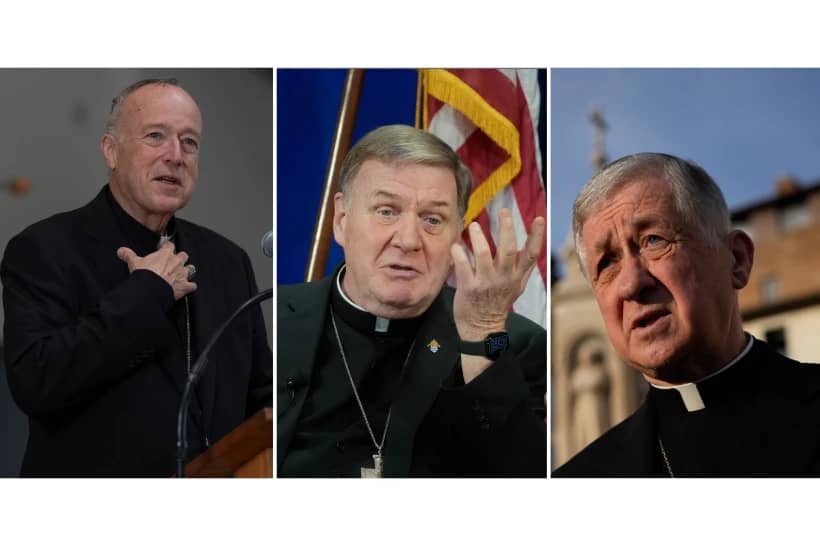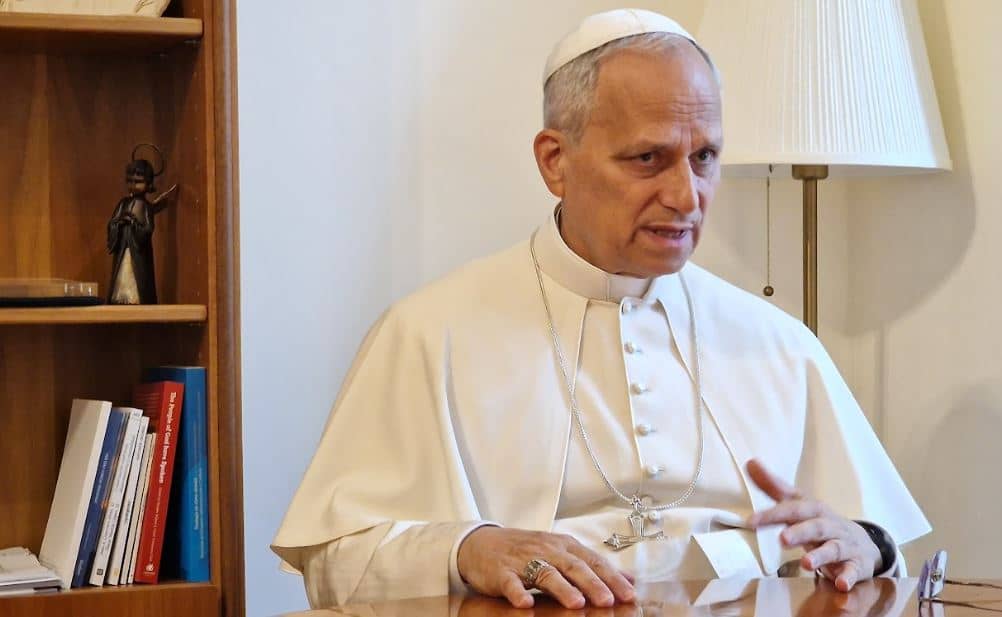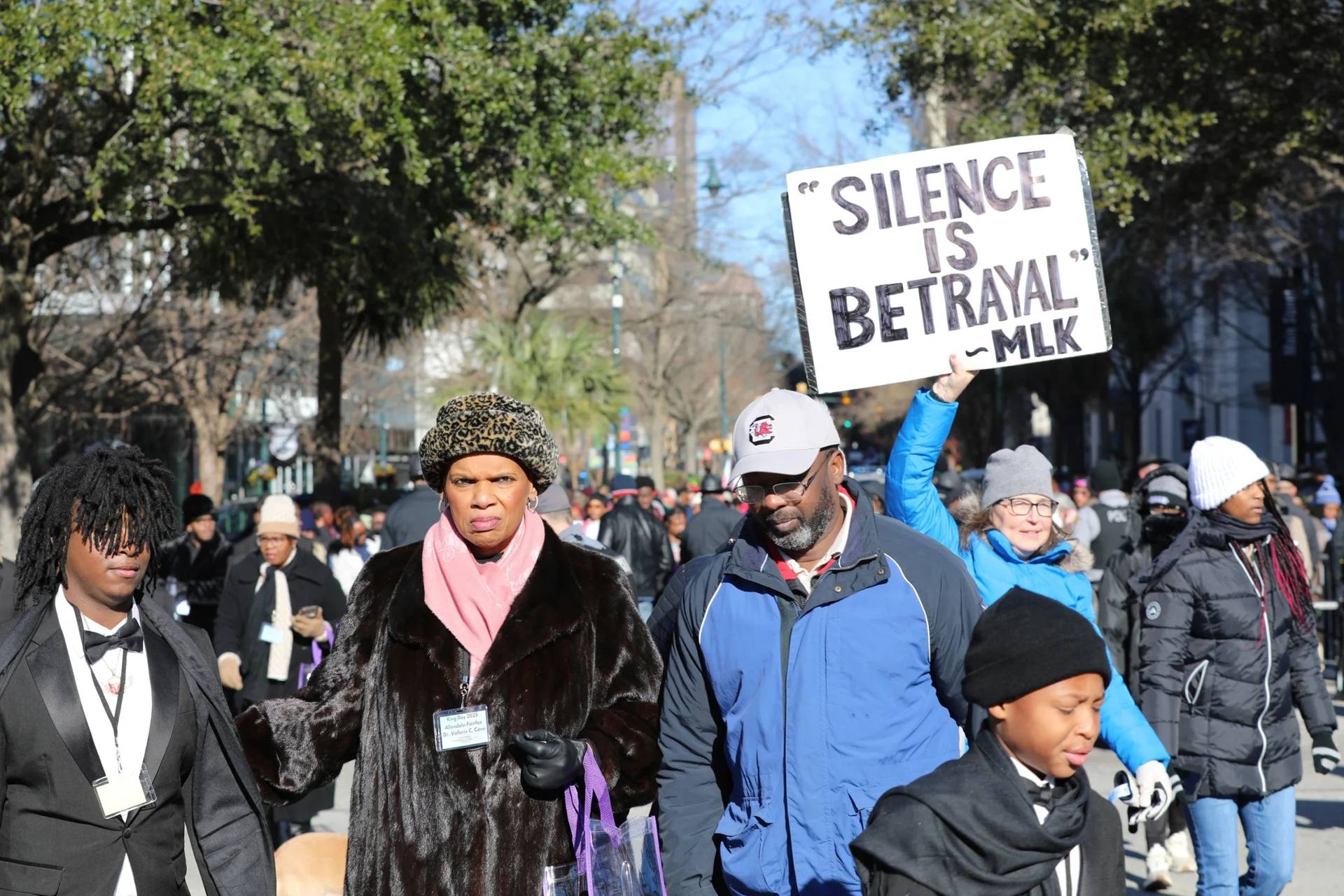ROME – Even though there are more than 30 craters on the moon named after Jesuit scientists, to this day there are some who don’t know the Vatican has its own observatory, led of course, by a Jesuit.
To try to get the word out on the Church’s support of science, the Vatican’s star-gazing enterprise launched a new website, podcast and store included.
In the medieval village of Castel Gandolfo, 15 miles from Rome, Jesuit Brother Guy Consolmagno, the head of the Vatican Observatory, told Crux that Pope Leo XIII founded the modern version of the office back in 1891 “to show the world that the Church supports science.”
The observatory, he argued, “has done a pretty good job” when it comes to the science bit, but not so much when it comes to showing the world.
What follows are excerpts of Consolomagno’s interview with Crux, conducted via email due to the nine-hour time difference between Rome and Tucson, Arizona, where he’s been “stuck” since the COVID-19 pandemic began last spring.
Crux: Why did you decide to launch the website of the Vatican Observatory, including an online store and a podcast? What can people who subscribe to the podcast expect?
Consolmagno: It always struck me how when Pope Leo XIII founded the modern version of the Vatican Observatory back in 1891 it was to “show the world that the Church supports science.” We’ve done a pretty good job of doing the science; but we need to do more to show the world.
We’ve had websites in the past, but they drew very little traffic. We even started a blog site with daily postings, and that’s worked better; we get about 400 visits a day. But I know there are so many people who are interested in what we do… and we needed help on figuring out how to reach them.
The site includes a digital community called Sacred Space Astronomy, and we’re encouraging those who wish to sign up with a modest donation. The “shop” is mostly a way to give those folks a thank you for joining: If you sign up, you get a coupon you can redeem at the shop.
The podcasts are another way of letting folks know not only what we’re doing, but who we’re working with and how much fun we are having doing this work. We connect up with different friends and colleagues in the astronomy world, like the retired astronaut Nichole Stott, and chat about the sorts of stuff that we are fascinated by, like building habitats on the Moon!
You mentioned you are “stuck in Tucson.” What are you working on? And is your being there related in any way to the pandemic?
I usually come to Tucson for two or three months in the spring, since we have a telescope outside of town, so I happened to be here when the pandemic hit last year. My flights back to Rome were canceled, and at the time Italy was much harder hit than the U.S. so it made sense to stay put here. It’s turned out to be a great opportunity to work on stuff for the Foundation.
As you may know, I wear two hats — observatory director and Foundation president. The observatory tends to get more of my attention; doing astronomy is more fun than raising money! But without the support of donors in the U.S. and elsewhere we wouldn’t be able to keep our telescope running.
Of course, talking about astronomy is almost as much fun for me as doing the astronomy, so I have turned the Foundation’s work in public outreach into a chance to burble about astronomy. That makes this new website the best of both worlds. I get to talk about the astronomy we do, and attract people to the website where, if they want, they can see how to support us.
But in fact, my science has not suffered during this time, either. I have a recent scientific paper just published with an old colleague in Florida and two other Jesuit scientists on the properties of the kind of meteorites that the NASA “Osiris Rex” mission just collected from asteroid Bennu, and it’s exciting stuff … for the dozen or so scientists who care! Since we live in four different states (including Brother Bob Macke at the Observatory in Rome) working remotely was nothing new for us, and having the time available to work on it was a blessing.
Oh, and I have written a short book about spirituality and astronomy that will be coming out in Italy!
The State-funded and private-funded exploration of space continues at what some might argue is a rapid pace. How do you see the role of the Vatican, particularly the observatory, in this exploration? Are you working with, say, Elon Musk or the U.S. government on the ethical exploration of space? In fact, that you know of, is there such a discussion currently taking place on what is ethical when it comes to exploring space?
I’ve actually written an article about some of the ethical issues of space exploration and space resources; it came out in Civilta Cattolica last year. It’s a really important issue, more than some people realize.
But the role of the Observatory is not to be a “nag” to the rest of the community. We’re as excited as anyone when it comes to exposing the solar system. I mentioned Brother Bob Macke, our meteorite curator in Castel Gandolfo; he’s a scientist on NASA’s Lucy mission to the Trojan asteroids and he’ll be measuring some of the samples from asteroid Bennu. At the same time, though, we are also very aware of how easy it is to get wrapped up in our own enthusiasms and lose sight of the larger picture.
One important role the Observatory has been able to play is to serve as a neutral ground where the various communities who have a stake in space can meet together. Back in 2018 we hosted a workshop that brought together asteroid scientists, space industrialists, academics, and ambassadors under the auspices of the United Nations Office of Outer Space Affairs. This was in preparation for a meeting that summer on the peaceful uses of space held by the UN in Vienna, where I represented the Holy See.
In a spirit of full disclosure, you’re probably the only astronomer I know. How would you describe your job to those who, like me, know nothing about the sky? How does it interact with your Catholic faith?
My faith tells me that God created the universe … a universe that is logical, beautiful, and good. My science consists of trying to figure out how He did it! In particular, I study meteorites — rocks from outer space — that date back to the origin of the solar system and give us clues as to what was going on in this neighborhood, some 4.6 billion years ago.
I read in a previous interview that you became interested in science fiction when you were a child. Are you still interested in it? Any favorite books/movies/shows to recommend to those interested in it? Have you ever read a book/watched a film where the characters discuss science/space/faith and you wished someone would have consulted you (or someone else in the observatory) for the dialogue?
I love science fiction. It reminds me that planets are places where people have adventures. That said, while there are many deep and profound works of literature within the field I confess to also enjoy pure space opera … Yeah, I am a big Star Wars fan, too.
Every Sunday when I am in Tucson (COVID permitting — we’ve started up again now that we’re vaccinated) my friends Nancy and Larry Lebofsky, whom I have known since my graduate school days, and I get together to watch old 1950’s science fiction movies and giggle along with the rubber monsters. But I also love books (and the occasional movie) that evoke a “sense of wonder.” To name three … Gene Wolfe’s The Book of the Long Sun; Frank Herbert’s Dune; and Lois McMaster Bujold’s Cordelia’s Honor. And I once wrote a scientific paper based on an insight I got from a Hal Clement novel, Iceworld.
The movie that had me wincing the most was “Deep Impact” which got enough of the science right that all the places where it got it wrong were especially jarring.
You’re often described as “the Vatican stargazer.” Is that an accurate description for you?
Sure. I am not the only Vatican stargazer here; there are a dozen scientists at the Vatican Observatory. But I am at the Vatican, and at the end of the day when I am tired of staring at data on a computer screen I love to just go outside at night and look at the stars.
Follow Inés San Martín on Twitter: @inesanma
















